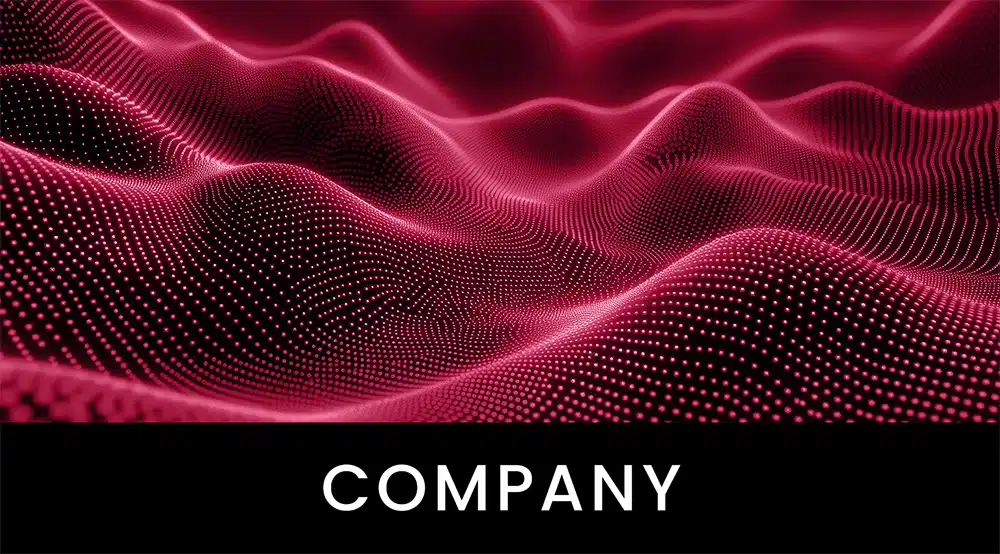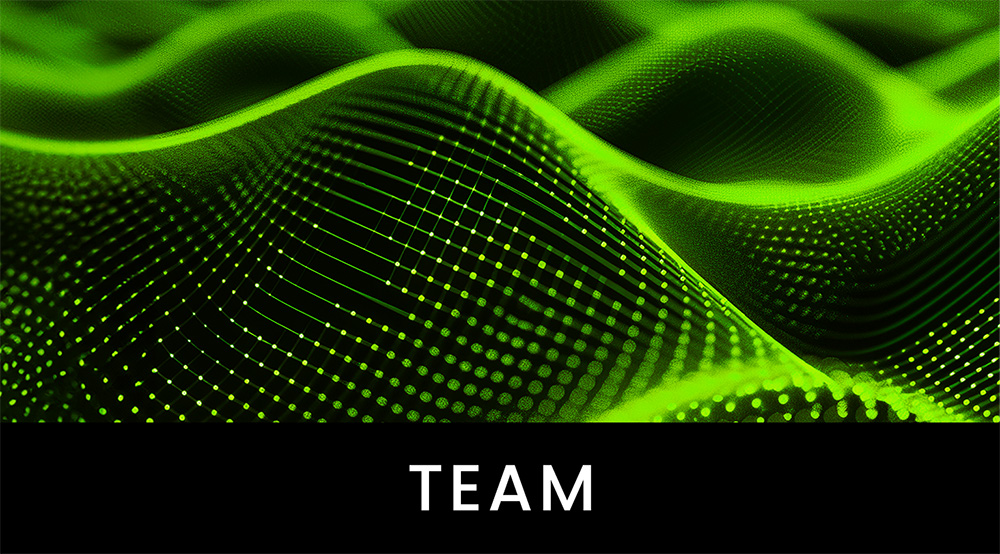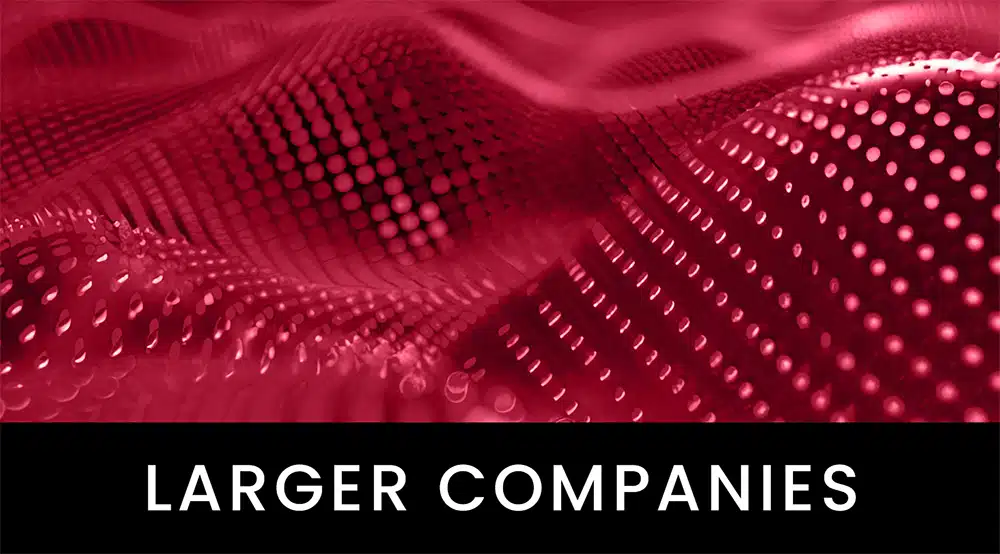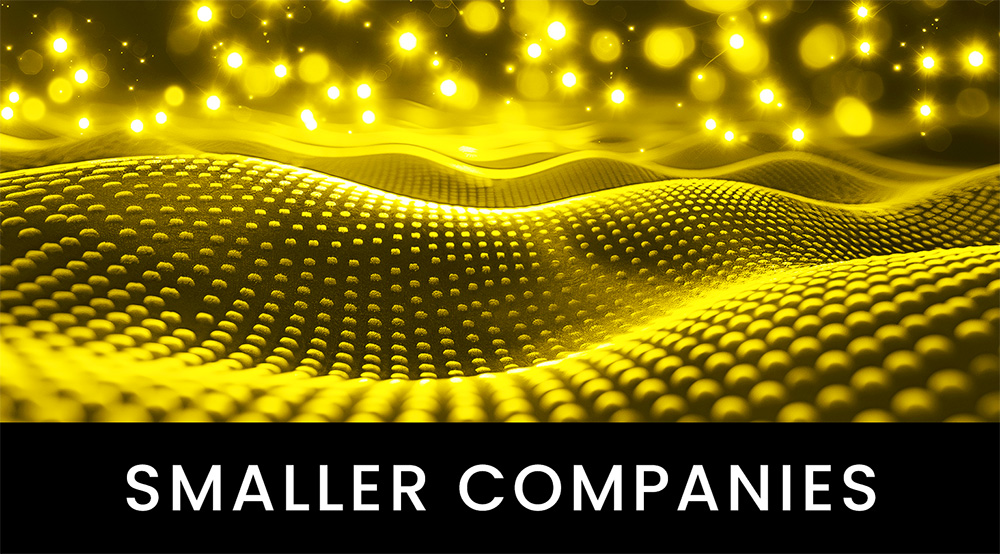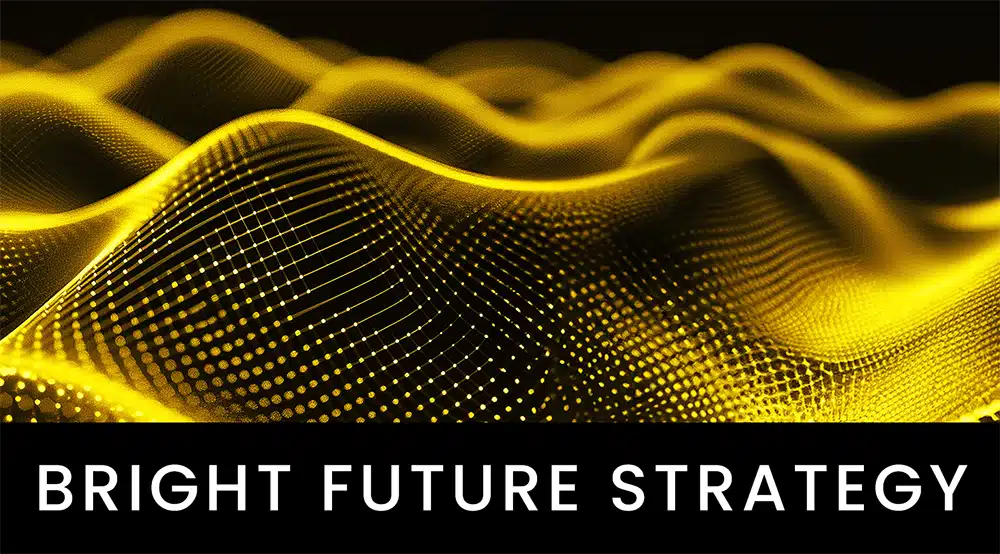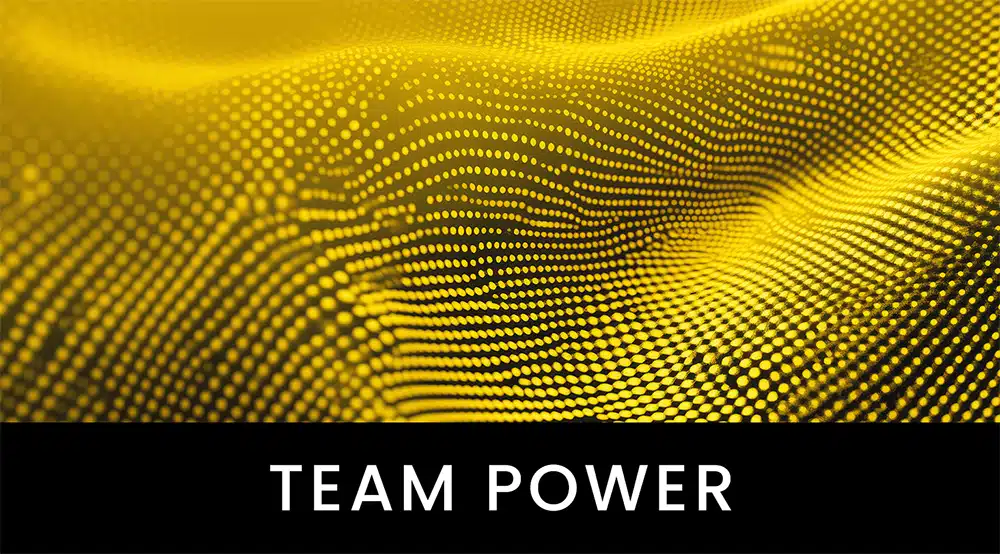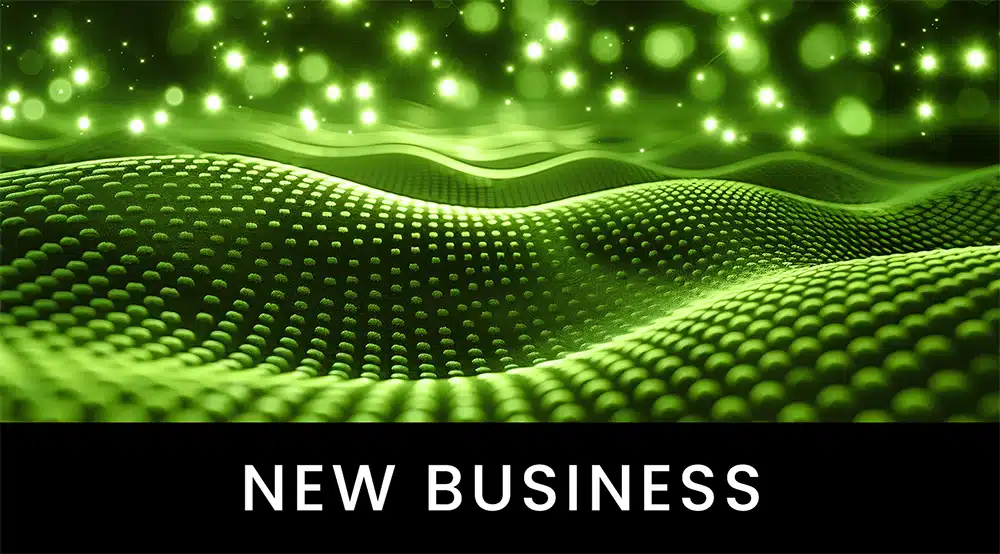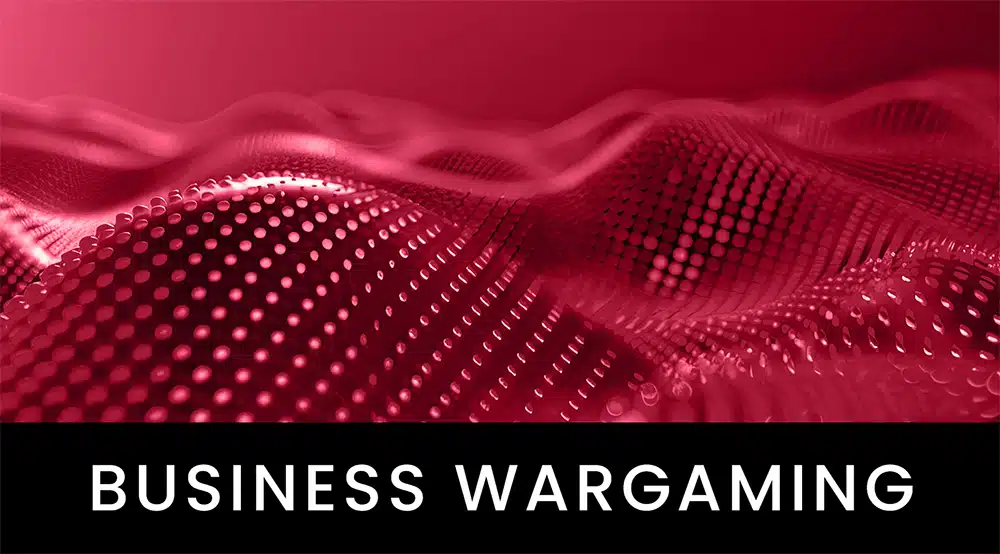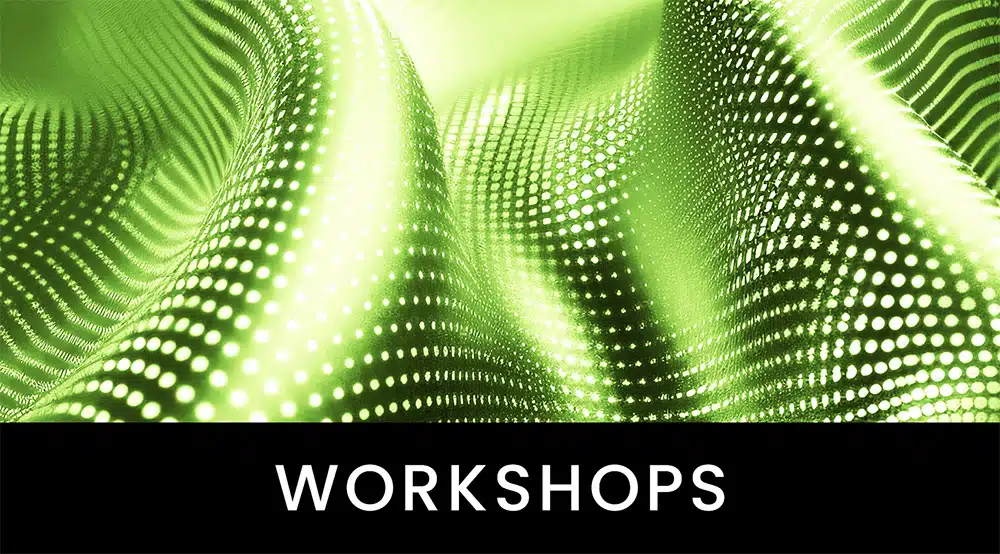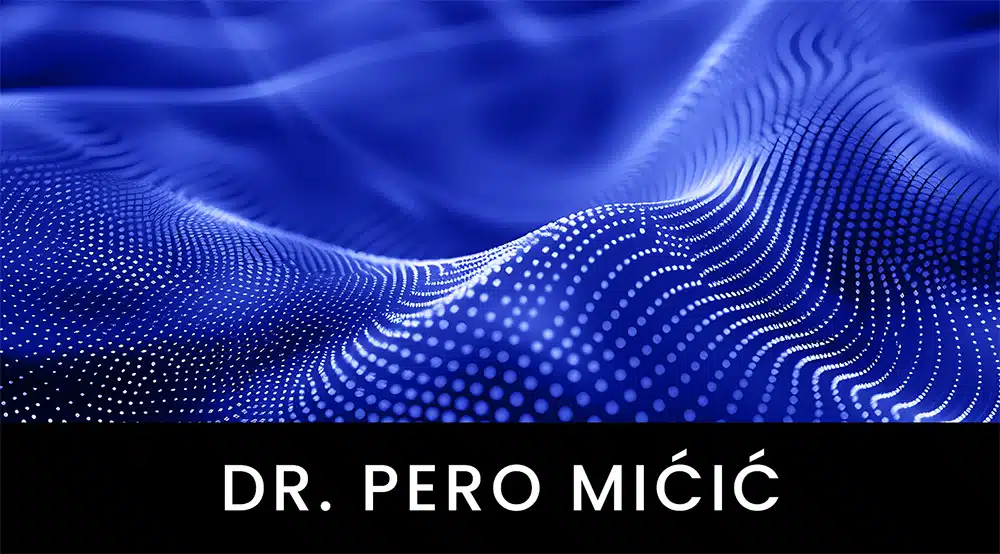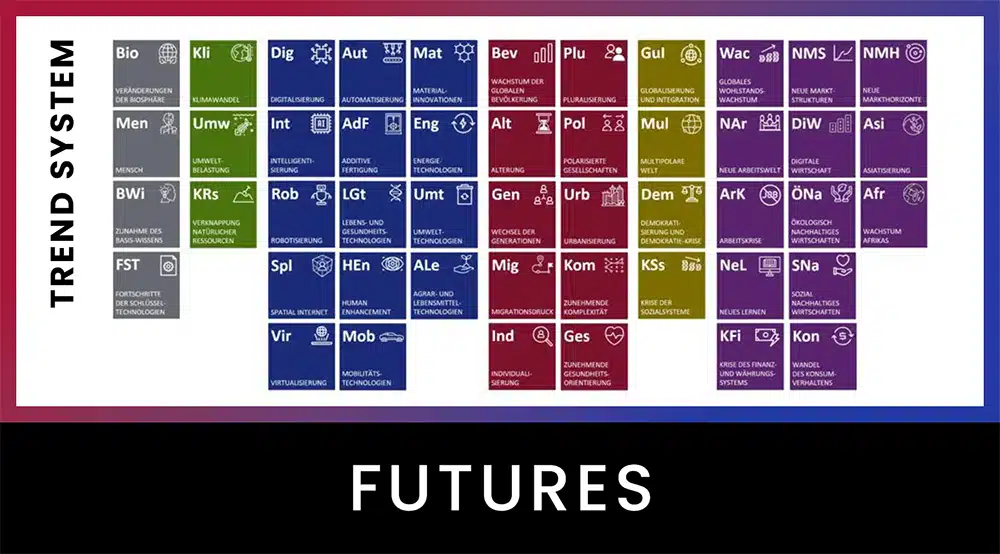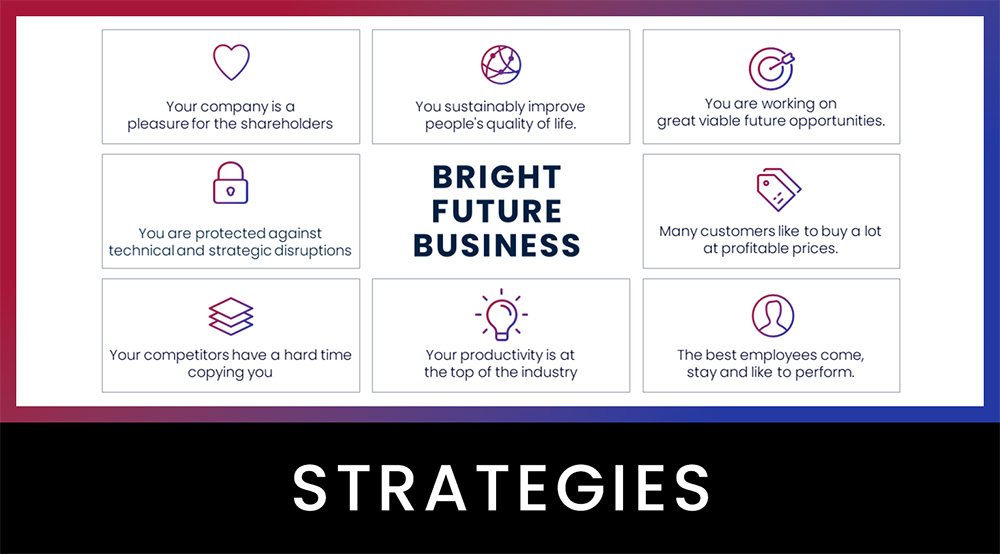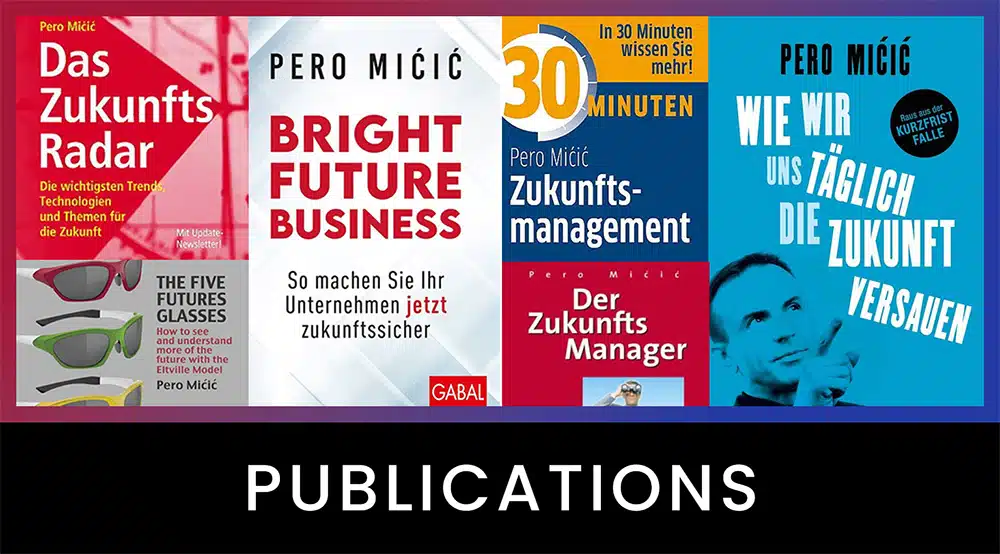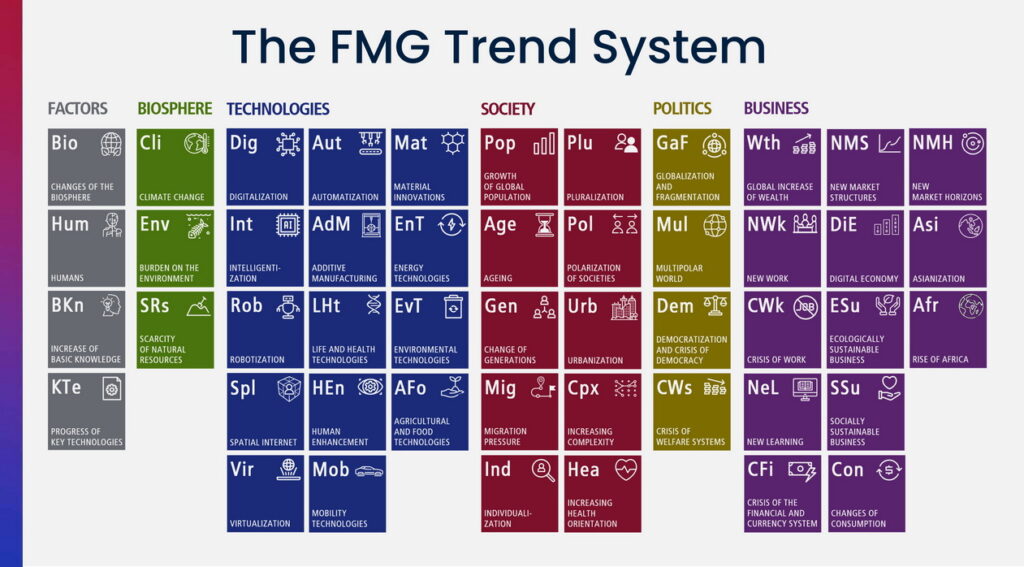Dr. Pero Mićić
Today, I’m telling you about very concrete solutions to a major environmental problem, from which new markets and new jobs will emerge, and above all, a better quality of life. Why and what for? Because for 30 years, it’s been my job to inspire, encourage and support entrepreneurs and life entrepreneurs like you to create more of a future. You can think further about the case study and derive ideas and opportunities for your company, your job and your profession from it, precisely because it comes from a completely different industry. Today we are talking about wind power. But different.
Ancient yet new solution saves 90% fuel
Shipping is a massive burden on the atmosphere. Shipping is responsible for 20-30 percent of all nitrogen oxides. More than 90,000 large ships sail the world’s oceans. They transport 90 percent of global goods traffic. And they still run mainly on heavy fuel oil, which is much more polluting than diesel for the road. Unlike road diesel, heavy fuel oil is hardly taxed at all, so it is very cheap and is therefore used a lot in shipping.
The solutions for the future often lie in ideas that are many years or even centuries old.
Oceanbird from Sweden will be a 200-meter long and 40-meter wide cargo ship, a futuristic sailing vessel. It is powered 90 percent by wind power. That’s 90 percent less nitrogen oxides and climate-damaging emissions.
True, Oceanbird will travel about a third slower than heavy oil freighters and will not carry containers, but still. It can carry 7,000 cars. The visionary motto of the entrepreneurs behind it is: “The wind helped us discover our planet – now it can help us preserve it.” Wind helped us discover the planet, now it can help us preserve it.
The first ship is scheduled for delivery in 2024. Let’s hope they succeed, despite low heavy oil prices. And this is not the only project that wants to use wind power:
- There is a similar concept from VPLP that is being tested.
- There are also solutions for container ships, for example the Trade Wings from Alwena Shipping.
- Aquarius combines sails with photovoltaics and stores electricity in batteries on board.
- 100 years ago, the first ship sailed with Flettner rotors, a special type of wind power drive with rotors that look like smokestacks, and today Enercon’s E-Ship 1 sails with them.
Wind is clean, inexhaustible and free. Up to 30% less diesel and heavy fuel oil, or even 90% less as with the Oceanbird. This will make a huge contribution to reducing CO2 and nitrogen oxide emissions and to improving the environmental performance of the world’s major ocean-going polluters. Especially with the old ships that can be retrofitted. In addition, the necessary capacity of oil tankers will decrease significantly over the next few years as mobility changes to battery electric drives for all vehicles and to hydrogen in some cases for trucks.
How Michelin wants to use wind power
Michelin, or rather Michelin the tire manufacturer, has taken an intriguing idea all the way to a proven prototype. A telescopic mast deployable and inflatable sail for tankers and freighters. They call it WISAMO, combined from Wing Sail Mobility. This means that these massively polluting ships consume up to 20 percent less diesel or heavy fuel oil. Great for the climate. Michelin, after all, has undeniable expertise in compressed air-filled materials. Do you remember the Michelin man? They still use that in the logo. With a little imagination, the sails really remind you of the Michelin Man, don’t they?
How do you come up with such solutions for new markets and new jobs? From the idea of the first paraglider in 1985. The inventor, Laurent de Kalbermatten, together with his sailing colleague Edouard Kessi, already presented an inflatable sail for sport boats in 2017.
And what if the ships are powered by hydrogen one day? In this case, the sails save valuable hydrogen, which we do not simply find on earth, but which always has to be produced by electrolysis using a lot of electricity, hopefully generated from renewable sources. Or you can even use Skysails’ wind sails to generate the hydrogen on board. There are also the first purely battery-powered cargo ships. But those are two other stories for more episodes.
And now?
On the one hand, my aim in this story is to use an example to show that and how the future will be good. And yes, science and technology are the drivers.
For you, however, it is rather the principles for the future and innovation that are important, which you can use from this case for your own company and your own job.
From the novel paraglider almost 40 years ago to the pleasure boat sail, innovation is now finding its way onto tankers and container ships. This is how it can work. Search history. Electric cars existed before Tesla and tablets before the Apple iPad. Also, look to the edges of your business and even strategically related industries for ideas on how to better fulfill your company’s mission for your customers or even develop a new line of business.
You know, I do this kind of thing with my team for a living. We would be happy to talk to each other about how you can recharge your business with more future. It’s easier than you think, works for very small businesses, and it motivates you and your team.
Placehold
Follow these links as well:
► The Future Strategy Program for SMEs
► Free video crash course THE FUTURE OF YOUR BUSINESS
► BUSINESS WARGAMING for robust business and future opportunities
► KEYNOTES by Pero Mićić for your employees and customers
Have a bright future!
er
Sources
http://inflatedwingsails.com/en/category/news-en/
https://www.maritime-executive.com/article/michelin-unfurls-its-design-for-inflatable-wing-sails
https://smartgreenshipping.com/
https://theweek.com/articles/825647/why-cargo-ships-might-literally-sail-high-seas-again
https://wind-ship.org/en/grid-homepage/
https://www.cape-horn-eng.com/assisting-new-technologies-for-greener-shipping/
https://www.ecomarinepower.com/en/aquarius-eco-ship

